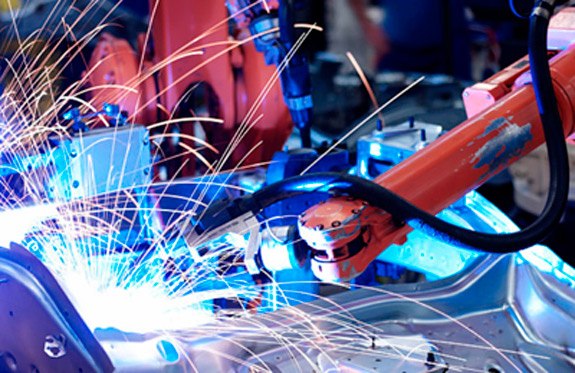The EGR (Exhaust Gas Recirculation) tube is an important component of modern internal combustion engines. It is a metal tube that connects the exhaust manifold to the EGR valve, which is responsible for recirculating some of the exhaust gases back into the engine for combustion. The EGR tube plays a critical role in reducing emissions and improving fuel efficiency, but it can also be a source of problems if it becomes damaged or clogged. In this article, we will discuss the basics of EGRs, how they work, how to troubleshoot them, and why the EGR tube is so important.
The EGR system is designed to reduce emissions by recirculating some of the exhaust gases back into the engine for combustion. This process helps to lower the temperature of the combustion chamber, which reduces the formation of harmful nitrogen oxides (NOx) that are produced when the engine is running at high temperatures. The EGR system is also an important part of the engine's overall fuel efficiency, as it helps to reduce the amount of fuel that is consumed during operation.
The EGR system works by recirculating some of the exhaust gases back into the engine through the EGR valve. The EGR valve is controlled by the engine control module (ECM), which monitors the engine's operating conditions and determines when to open and close the valve. When the valve is open, some of the exhaust gases are directed into the intake manifold, where they mix with the incoming air and fuel to be burned in the combustion chamber. The amount of exhaust gas that is recirculated varies depending on the engine's operating conditions, but it is typically between 5% and 15% of the total exhaust flow.
The primary benefit of a custom EGR tube system is that it helps to reduce emissions by lowering the temperature of the combustion chamber and reducing the formation of harmful nitrogen oxides. This is especially important for diesel engines, which produce more NOx than gasoline engines. In addition, the EGR system can help to improve fuel efficiency by reducing the amount of fuel that is consumed during operation. This is because the recirculated exhaust gases displace some of the incoming air and fuel, which reduces the amount of fuel that is needed to achieve the same level of power output.
If you suspect that your EGR system is not working properly, there are several things that you can do to troubleshoot the problem. The first step is to check the EGR valve itself, which is located on the intake manifold. The valve should be clean and free of any debris, and it should move freely when you apply a vacuum to it. If the valve is dirty or stuck, it may need to be cleaned or replaced.
Another common problem with EGR systems is a clogged EGR tube. This can occur when the tube becomes coated with carbon deposits, which can restrict the flow of exhaust gases and cause the engine to run poorly. To check the EGR tube, you will need to disconnect it from the EGR valve and exhaust manifold and inspect it for any signs of damage or clogging. If the tube is clogged, it will need to be cleaned or replaced.
Other possible causes of EGR system problems include a malfunctioning ECM, a faulty vacuum control solenoid, or a leak in the vacuum lines that control the EGR valve. These problems will require more advanced diagnostic techniques to identify and repair.
The EGR tube is one of the important automotive cooling system components of the EGR system, as it is responsible for carrying the recirculated exhaust gases from the exhaust manifold to the EGR valve. If the EGR tube becomes damaged or clogged, it can cause a variety of problems with the engine's performance, including reduced power output, increased emissions, and poor fuel efficiency. This is because a clogged EGR tube will restrict the flow of exhaust gases, which can prevent the engine from receiving the proper amount of recirculated exhaust gases for combustion.
In addition, a damaged EGR tube can also cause leaks, which can allow air to enter the engine and disrupt the air-fuel mixture. This can cause the engine to run lean, which can lead to rough idling, misfires, and other performance issues.
To prevent problems with the EGR tube, it is important to perform regular maintenance on the EGR system. This includes checking the EGR valve and tube for any signs of damage or clogging, as well as cleaning or replacing these components as needed. It is also important to use high-quality fuel and perform regular oil changes, as these can help to reduce the formation of carbon deposits that can clog the EGR tube.
The EGR tube is an important component of the EGR system, which plays a critical role in reducing emissions and improving fuel efficiency in modern internal combustion engines. The EGR tube carries the recirculated exhaust gases from the exhaust manifold to the EGR valve, where they are mixed with incoming air and fuel for combustion. If the EGR tube becomes damaged or clogged, it can cause a variety of problems with the engine's performance, including reduced power output, increased emissions, and poor fuel efficiency. To prevent these problems, it is important to perform regular maintenance on the EGR system, including checking the EGR valve and tube for any signs of damage or clogging, and cleaning or replacing these components as needed. By taking these steps, you can ensure that your engine operates at peak performance and efficiency while minimizing its impact on the environment.
